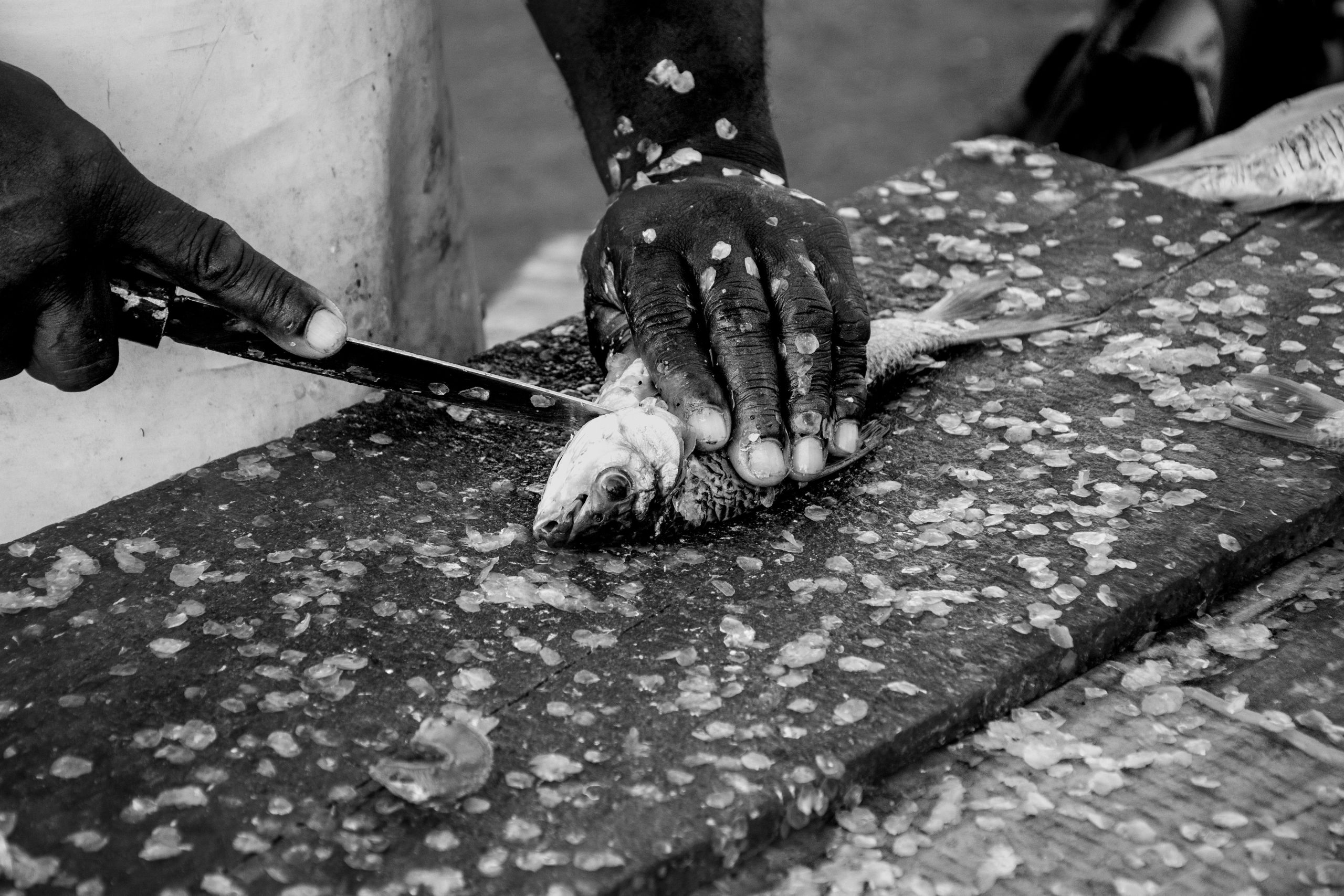Mastering the Technique of Pan-Searing Fish Fillets
If you’re a seafood lover, you know that cooking fish fillets can be a tricky task. Whether you’re a novice cook or an experienced chef, mastering the technique of pan-searing fish fillets can take your culinary skills to the next level. Not only is pan-searing a quick and easy way to cook fish, but it also adds a delicious crust to the fillets, giving them a mouth-watering texture and flavor. In this article, we’ll walk you through the step-by-step process of pan-searing fish fillets and share some expert tips to help you perfect this cooking technique.
The Importance of Proper Technique
Before we dive into the details of pan-searing fish fillets, it’s important to understand why mastering this technique is crucial. Cooking fish is all about maintaining the delicate balance between flavor, texture, and moisture. Unlike meat, fish has a much lower fat content. This means that it can dry out easily and become tough if not cooked correctly. That’s where pan-searing comes in. This cooking method ensures that the fish retains its moisture and delicate texture while developing a flavorful crust on the outside.
Step 1: Choosing the Right Pan
When it comes to pan-searing fish fillets, the type of pan you use can make all the difference. The best pan for this cooking technique is a heavy-bottomed stainless steel or cast-iron skillet. These pans have excellent heat distribution, allowing the fillets to cook evenly and develop a beautiful crust. Avoid using non-stick pans as they don’t get hot enough to achieve the perfect sear. Additionally, make sure that the pan is large enough to fit all your fillets without overcrowding them.
Step 2: Preparing the Fillets
Before you start cooking, make sure your fish fillets are at room temperature. This will ensure that they cook evenly. Pat them dry with paper towels to remove any excess moisture, which can prevent the fillets from getting a crispy crust. Season the fillets generously with salt and pepper and any other herbs or spices you prefer.
Step 3: Heating the Pan
The key to achieving a perfect sear on your fish fillets is getting the pan hot enough before adding the fillets. Heat your pan on medium-high heat for a few minutes until it’s hot enough to make a drop of water sizzle and dance on the surface. Once the pan is hot, add a couple of tablespoons of oil. We recommend using high-temperature cooking oils like vegetable, canola, or grapeseed oil.
Step 4: Adding the Fillets to the Pan
Carefully place the fillets into the hot pan, skin-side down for skin-on fillets. If using skinless fillets, place the side you want to develop the crust on first. Make sure to lay the fillets away from your body to avoid any hot oil spills. Avoid overcrowding the pan as it can cause the temperature to drop, resulting in steaming rather than searing. Cook the fillets for 2-3 minutes on the first side until a golden-brown crust forms. Carefully flip the fillets and continue cooking for another 2-3 minutes on the other side. The cooking time may vary depending on the thickness of your fillets.
Step 5: Finishing Touches
Once your fish fillets are cooked to your desired level of doneness, remove them from the pan and place them on a plate lined with paper towels to absorb any excess oil. Let the fillets rest for a few minutes before serving to allow the juices to redistribute. Serve the fillets with your favorite side dishes, or use them in a salad or sandwich for a quick and delicious meal.
Expert Tips for Perfect Pan-Searing
1. Use a Timer
Timing is crucial when it comes to pan-searing fish fillets. Using a timer can help you keep track of the cooking time and prevent overcooking. Remember, a minute or two can make all the difference between a perfectly cooked and an overcooked fish fillet.
2. Don’t Move the Fillets Too Much
A common mistake many people make when pan-searing fish fillets is constantly flipping or moving them around in the pan. This can prevent the fillets from developing a crispy crust. Let the fillets cook undisturbed for a few minutes before flipping them over.
3. Don’t Overcrowd the Pan
We mentioned this earlier, but it’s worth repeating. Overcrowding the pan can lower the temperature, making it impossible to get a good sear on your fillets. Cook the fillets in batches if necessary, or use a larger pan to avoid this issue.
Conclusion
Pan-seared fish fillets are not only delicious and healthy, but they’re also incredibly easy to cook. With the right technique and some expert tips, you can achieve a perfect sear every time. Follow the steps outlined in this article, and you’ll be a pro at pan-searing fish fillets in no time. Whether you’re whipping up a quick weeknight dinner or entertaining guests, this cooking technique is sure to impress. Happy cooking!










